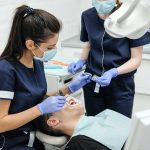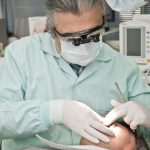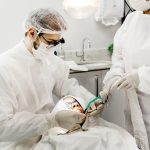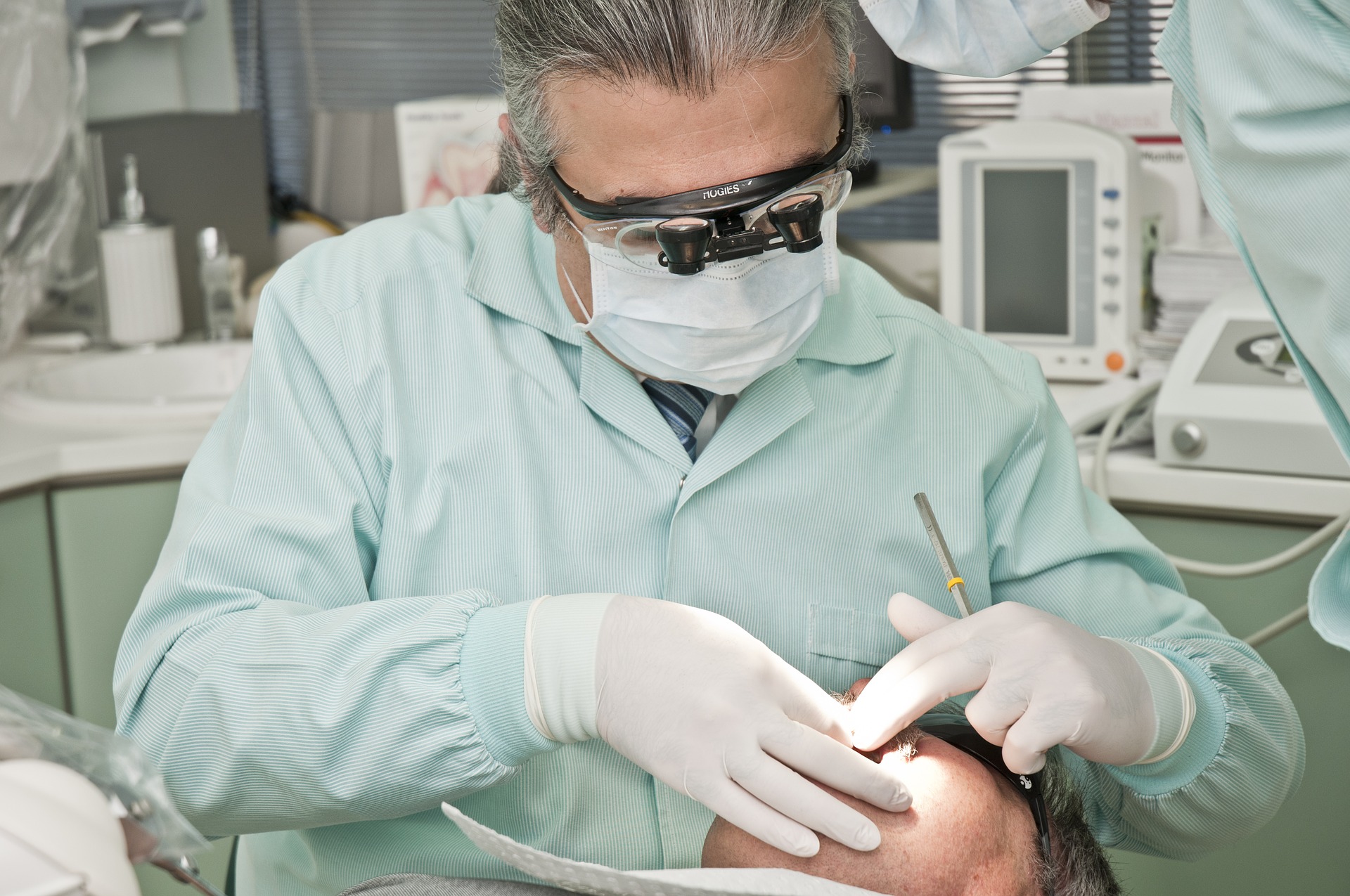What are the Side effects of PRP Treatment?
What are the adverse effects of Platelet Rich Plasma Treatment?
You might have heard of Platelet Rich Plasma treatment, however, you may not be acquainted with this treatment. In essence, it’s a concentrated platelet concentration obtained from blood samples that are whole. The platelet concentration is then centrifuged to eliminate the red blood cells. The results of this treatment are a faster healing process of tendon-related injuries. But it’s not as effective as a vampire facelift. What are the adverse consequences of treatment with platelet rich plasma?
Platelet-rich plasma is an orthobiologic treatment for injuries to the musculoskeletal system.
In clinical practice, platelet rich plasma (PRP) is a brand new treatment for common injuries to the musculoskeletal system which utilizes the patient’s blood to stimulate the body’s natural healing process. It is an concentrated mixture of platelets that releases growth factors that promote rapid healing of damaged tissues. The procedure requires that the patient be sedated and anesthesia administered to the patient.
The application of platelet-rich plasma (PRP) to treat musculoskeletal injuries is becoming more widely recognized. Because soft tissue injuries comprise nearly half of all musculoskeletal injuries The treatment of acute and chronic musculoskeletal injuries could be a challenge. Musculoskeletal disorders that are degenerative could hinder living an active life. Sports-related injuries typically require lengthy rehabilitation and surgical interventions. Additionally that many chronic diseases have unclear results. Yet, the use of PRP in sports medicine has shown promise in the treatment of chronic articular cartilage injuries.
It is recommended that the American Academy of Orthopedic Surgeons recommends that physicians educate patients fully about the potential risks, benefits, and regulatory status of platelet-rich plasma. This treatment has the potential to dramatically enhance the healing process of patients suffering from ligament or muscle injuries. It is also different from other procedures. platelet-rich plasma therapy is offered as an off-label option. Because of this, it has a significant impact on the amount of patients seeking treatment for musculoskeletal disorders.
It speeds up the healing process of tendon injuries.
Although the majority of blood is made up of plasma liquid It also contains tiny solid components known as platelets. These are vital to the body’s natural healing process. The doctor injects plasma rich in platelets into the tissue that has been injured, which then speeds up the healing process. The higher number of platelets in the blood can speed up healing as much as five times. The growth factors released by platelets are responsible for repairing the injured tissues.
While tendon healing usually takes about 18 months, it may result in scar tissue. PRP can speed up the healing process by stimulating the creation of blood vessels that are new to the tendon. The treatment can also decrease the risk of scarring and decrease the need of surgery in the future. The PRP treatment may accelerate the process of healing tendon injuries due to its ability to increase the production of collagen fibers and elastic fibres.
If the flow of blood to the affected area is reduced or nonexistent there will be scar tissue that forms. The scar tissue could hinder proper healing due to the development of new blood vessels. Because new blood vessels are essential to ensure healthy healing, they can be also inaccessible. In these instances, the best way to accelerate recuperation is to boost the quantity of platelets in the affected area. This treatment is highly effective in speeding the process of healing for tendon injuries.
It’s not as effective as the vampire facelift.
The Vampire Facelift isn’t the best alternative for complete facial skin rejuvenation. In this non-surgical procedure, your blood is drawn , then spun in a centrifuge , which helps separate the plasma and red cells. This regenerated platelet-rich plasma essentially serves as a supportive tissue by the influx of nutrients and building up the volume of the skin. This process takes anywhere from 2 to 5 minutes.
The vampire facial On the other hand is a procedure that uses the patient’s fluid to fill in a substance, which is the hyaluronic acid. The PRP can also help the skin develop by injecting growth factors into it. The result is more youthful skin. It’s a nonsurgical procedure, but it’s still effective at treating brown spots, scarring and wrinkles.
If you’re wondering whether Platelet Rich Plasma treatment is comparable to a vampire faceliftprocedure, ask your doctor about it. This procedure could provide you with up to 15% more volume to your face and lasts a few years. Although it’s less effective than the surgical facelift, it’s still a viable option if you have an insufficient immune system, blood platelets, or skin cancer.
But, many believe it is. A recent study by the American Academy of Dermatology revealed that many patients who had vampire facials had HIV. The findings indicate that infection control isn’t that effective. In the end, it was reported that the New Mexico Department of Health issued a health alert regarding the procedure. It also advises against the use of vampire facials for certain ailments, for instance those taking blood thinners for heart issues.





